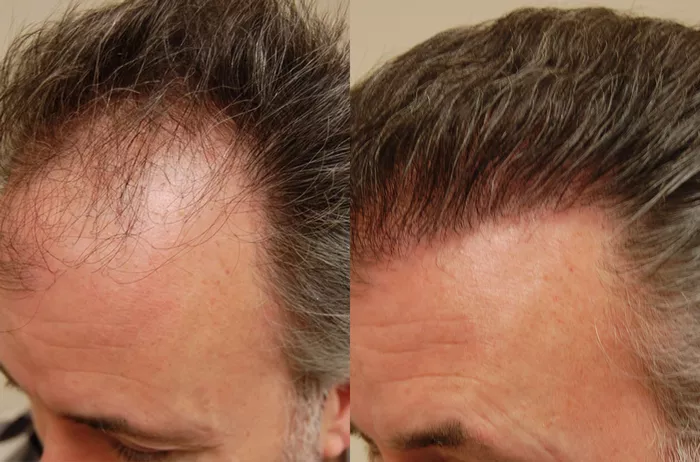In the realm of hair restoration, technological advancements have revolutionized the way we address hair loss concerns. Among the multitude of techniques available, one question frequently arises: What is the most advanced hair transplant technique? In this comprehensive article, we delve into the cutting-edge approaches that define the pinnacle of modern hair transplant methods.
Follicular Unit Extraction (FUE)
Follicular Unit Extraction (FUE) stands out as a groundbreaking hair transplant technique. Unlike traditional methods that involve removing a strip of scalp, FUE employs a meticulous process of extracting individual hair follicles from the donor area. This minimally invasive technique not only eliminates linear scars but also provides a faster recovery period compared to older methods.
1. Advanced Robotics in FUE:
Recent advancements have introduced robotic assistance to the FUE process. Robotic systems utilize artificial intelligence to identify and extract the healthiest follicles with unparalleled precision. This approach ensures minimal damage to surrounding tissue, resulting in more natural-looking results.
2. Artificial Intelligence and FUE:
AI-powered algorithms are employed to analyze donor hair characteristics and recipient areas, optimizing the placement of follicles for optimal aesthetic outcomes. This level of precision was previously unimaginable and has elevated the FUE technique to new heights.
Direct Hair Implantation (DHI) – Achieving Impeccable Density
Direct Hair Implantation (DHI) represents a significant leap in hair transplant techniques. This method entails the extraction and placement of hair follicles in a single step, minimizing the time the follicles spend outside the body. DHI offers unparalleled control over the angle, direction, and depth of implantation, resulting in a natural hairline and impeccable density.
1. Choi Implanter Pen:
At the forefront of DHI is the Choi Implanter Pen. This tool allows for precise placement of hair follicles while minimizing trauma to both the follicles and the recipient area. The pen’s innovative design ensures a seamless and efficient implantation process.
2. Customized Implantation:
DHI enables the transplantation of hair according to the patient’s natural hair growth pattern. This customization ensures that the transplanted hair seamlessly integrates with the existing hair, creating a harmonious and undetectable result.
Platelet-Rich Plasma (PRP) – Enhancing Graft Survival
While not a standalone technique, Platelet-Rich Plasma (PRP) has emerged as a vital adjunct to hair transplant procedures. PRP involves extracting a small amount of the patient’s blood, processing it to concentrate platelets, and then injecting the enriched plasma into the recipient area. The growth factors in PRP promote tissue healing and graft survival.
1. PRP for Graft Viability:
The application of PRP to transplanted hair follicles has been shown to enhance graft survival rates. By providing essential nutrients and growth factors, PRP encourages the transplanted hair to establish itself more effectively in its new location.
2. Combination Procedures:
The integration of PRP with advanced hair transplant techniques has become increasingly popular. Many clinics offer combination procedures that combine the benefits of cutting-edge transplantation methods with the regenerative potential of PRP, resulting in improved outcomes.
Stem Cell-Assisted Transplants – The Future Unveiled
As technology evolves, the integration of stem cell technology with hair transplants holds immense promise. Stem cells have the ability to differentiate into various cell types, including hair follicles. This presents an exciting avenue for promoting hair growth and restoring thinning areas.
1. Stem Cell Activation:
Researchers are exploring ways to activate dormant hair follicles using stem cell-derived growth factors. This approach has the potential to not only stimulate new hair growth but also enhance the overall quality of existing hair.
2. Regenerative Therapies:
Stem cell-assisted transplants may pave the way for regenerative therapies that address both the aesthetic and functional aspects of hair loss. While this field is still in its infancy, the strides being made indicate a future where hair restoration could be more comprehensive than ever before.
See Also: The Best Hair Transplant Surgery Options in Canada
Conclusion
In the dynamic landscape of hair transplant techniques, innovation continues to push boundaries. From the precision of FUE to the density achieved through DHI, and the regenerative potential of PRP and stem cells, the future of hair restoration is increasingly promising. When considering a hair transplant, consulting with a qualified and experienced professional is essential to determine the most suitable technique based on individual needs and goals. As technology evolves, the art and science of hair restoration stand poised to achieve even greater heights.


